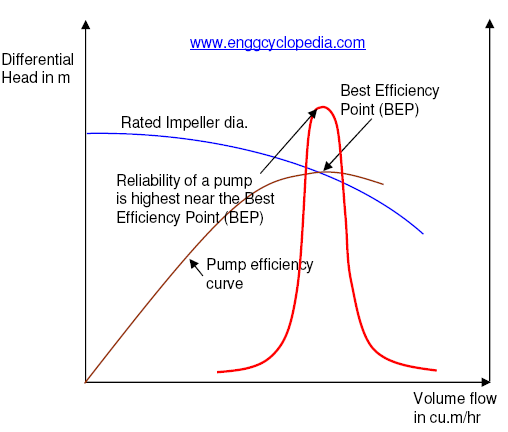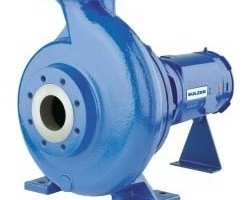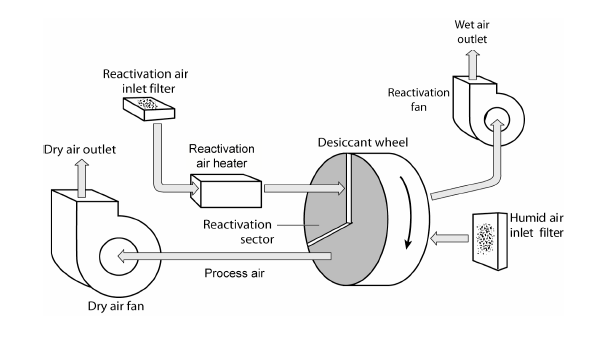Nitrogen mothballing is a maintenance procedure used for equipments to prevent corrosion of the equipments during their idle time. The basic principle is to fill up idle equipments with an inter gas, commonly nitrogen, so as to remove air, oxygen, moisture etc. to prevent these elements from corroding the equipment walls.
When process equipments are not in use, they are drained, vented, depressurized, purged and sealed. If these equipments are sealed with atmospheric air inside them, then the equipment walls are in constant contact with atmospheric oxygen which can slowly react with the metal walls to produce oxides leading to corrosion. Moist atmospheric air is hugely responsible for metal wall corrosion. Also atmospheric air usually contains microorganisms which can flourish on the equipment walls causing fouling. Hence for long period of idle time, it is desired that to isolate the equipment walls from air and this can be achieved by nitrogen mothballing.
Requirements for nitrogen mothballing of equipments
When an equipment is filled with nitrogen for mothballing, it has to be pressurized and sealed from atmosphere. So the provision to seal off the equipments is essential for nitrogen mothballing. After pressurizing the equipment with nitrogen, the system must be tight enough to maintain that pressure.
The nitrogen used for mothballing must have very little oxygen and moisture contents (typically less then 1% wt).
Prior to mothballing, all the components and interior spaces of the equipments must be properly drained, dried, sediments or deposits should be removed.
Nitrogen mothballing is considered an active procedure for corrosion control. This means that the presence of nitrogen has to be continuously monitored using pressure measurement instrumentation.
Prior to pressurizing the equipment with nitrogen, it is necessary to effectively purge the system with nitrogen. Purging is done by cycles of pressurization by nitrogen followed by venting until the oxygen concentration is reduced to less than 1%.




